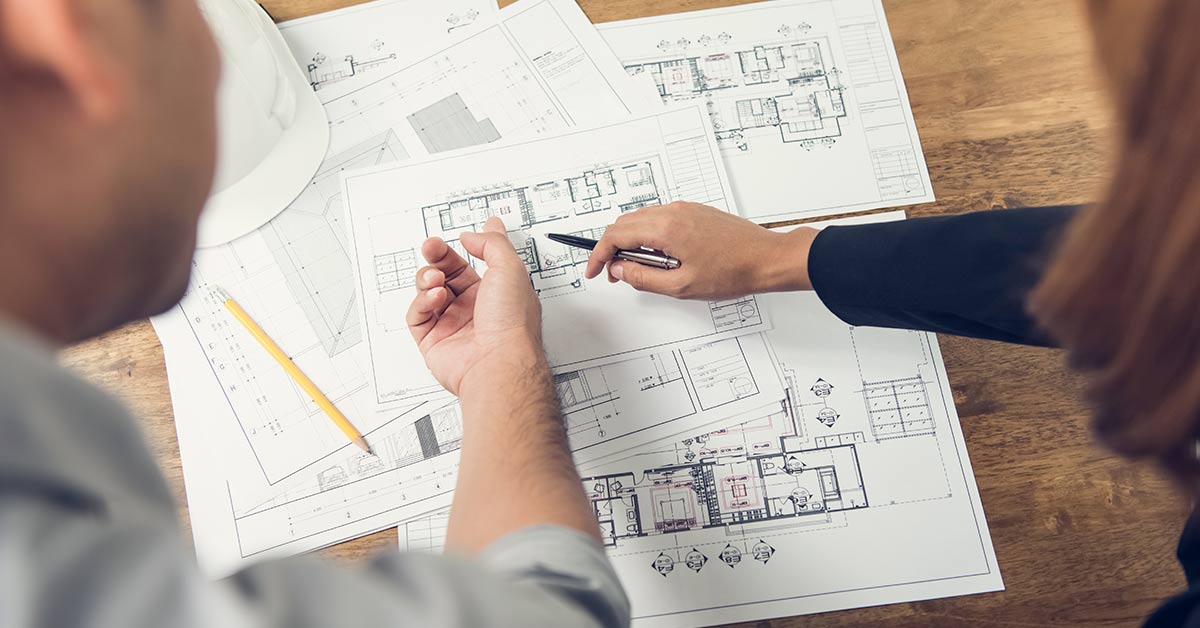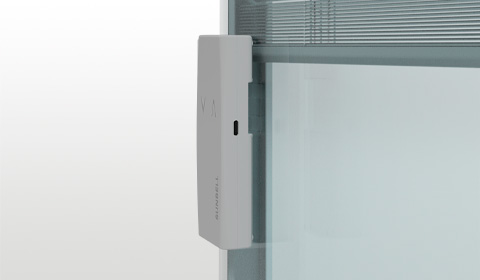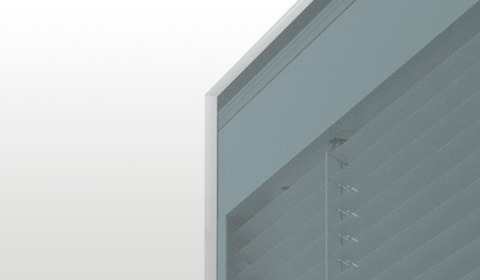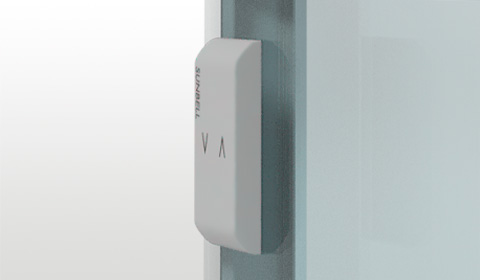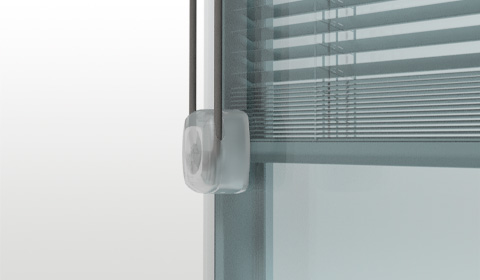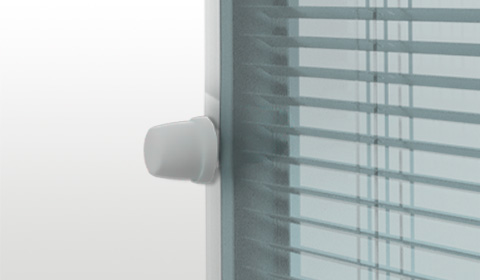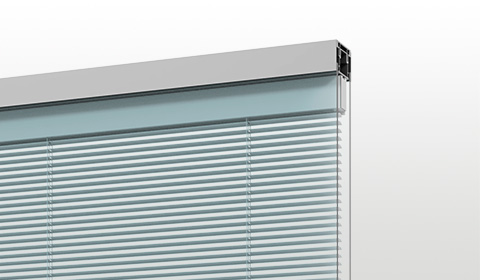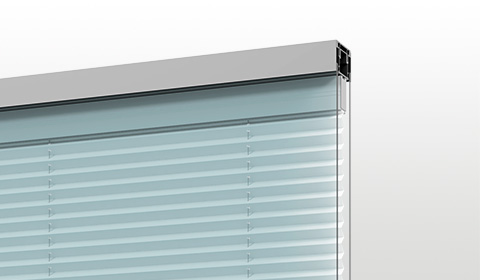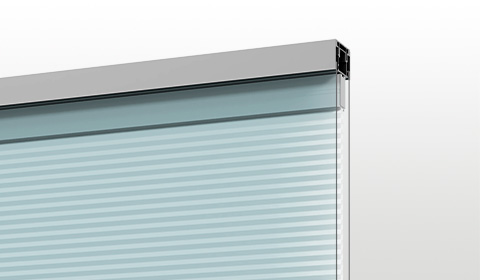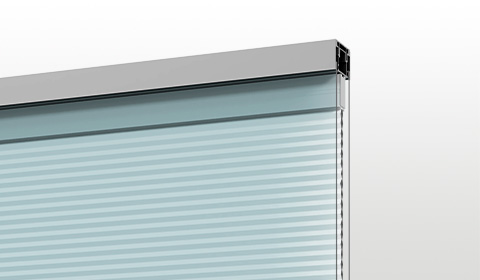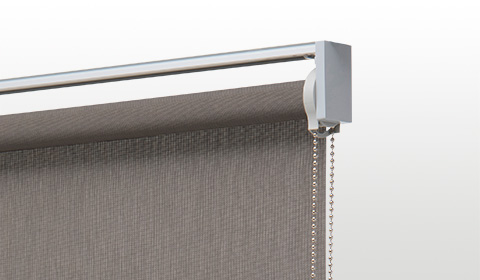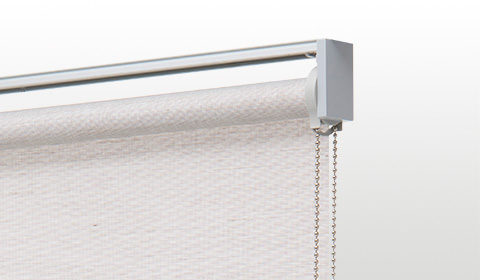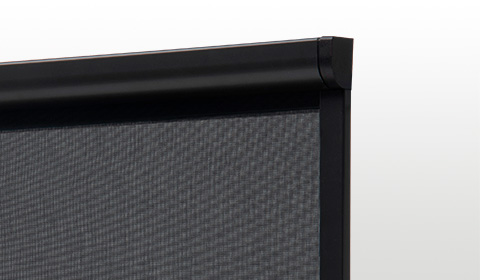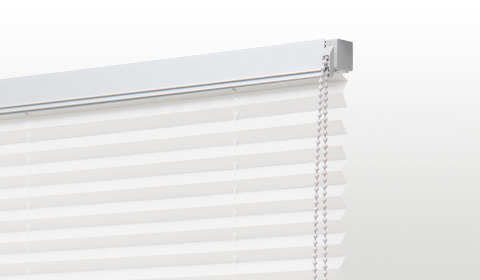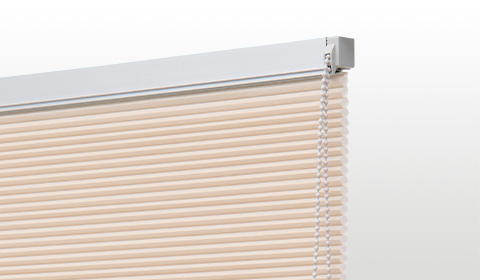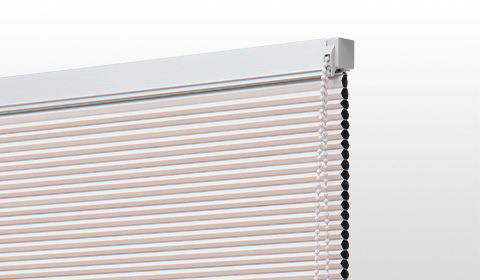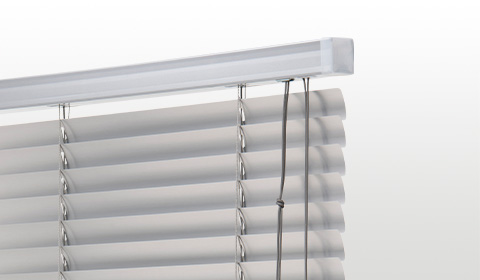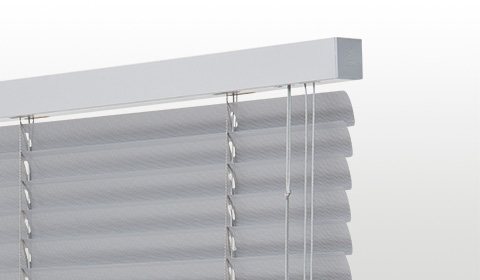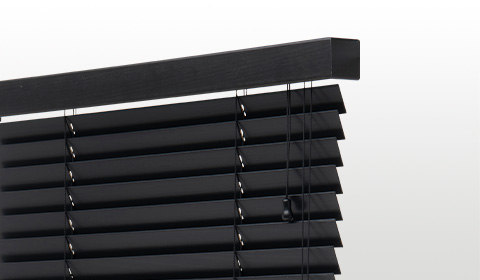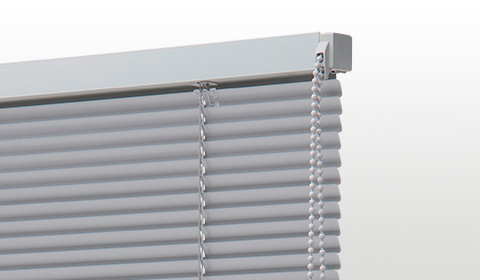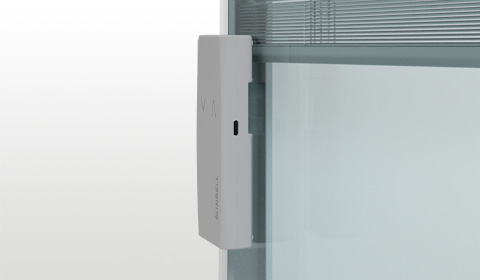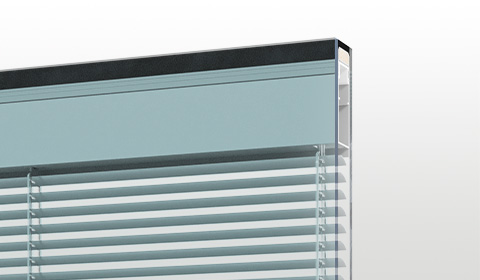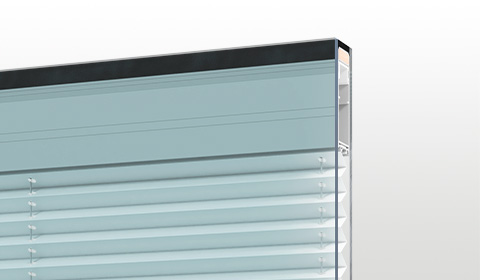As population increases and urban housing becomes denser, apartments are becoming smaller.
Both housing costs and increasing urbanisation are forcing people to occupy less space.
So we find ourselves choosing tiny apartments to stay in the city centre, or as close as possible, to have easy access to all its services.
Of course, living in a small apartment has its pros and its cons: while it can be cosy and easily manageable for daily cleaning, you quickly run out of space to store all the things you need.
We all tend to accumulate things when we live in a house for a few years, so the challenges of living in a small apartment are:
- how to optimize the space;
- how to arrange furniture, furnishings and everyday objects;
- how to make some lifestyle changes to accommodate it.
Let’s see how to optimize the space in a small living space to make it more comfortable, tidy and aesthetically pleasing.
Optimize space with efficient design
When planning the layout of a room in your home, you have to take into account its function and, based on this, divide the space into small functional areas.
For example, the living room needs seating for your family and guests, but you may need to turn it into an extra sleeping area.
In this case, choose a sofa bed that meets both needs.
Don’t forget that furnishing accessories are also very important and shouldn’t be cumbersome, so you also need to be careful with the design details.
For a small apartment, for example, double-glazed Venetian blinds and roller blinds are perfect, as they take up very little space and are easy to clean.
When looking for ideas on how to optimize space, it is essential you know exactly what you are going to use each space for before you finalize the design details.
Use the right colours
In our articles, we have repeatedly highlighted the importance of colour in interior design.
We know that dark colours make spaces look smaller, while light colours make them look bigger.
White is the preferred shade for small rooms, as it improves the sense of airiness and it is the ideal background to show off your furnishings.
To avoid the risk of having a single monotonous colour, you can use pastel shades to make your home more interesting.
Interior designers often use colour to illuminate and differentiate areas within an open-plan house.
This is a small tip that you can easily use at home.
Choose large-sized pieces of furniture
This may seem a paradoxical tip, because the perception is that a large sofa takes up too much space in a small living room.
Instead, it’s a better option than smaller furniture. Think about it!
A small room with small furniture will look like a doll’s house and draw attention to the limited size of the space.
Interior designers often use this idea. One large piece of furniture, like a sofa, will not only provide more seating but will also give the room the illusion of spaciousness.
Furniture plays an important role in the way you feel at home, because its arrangement can influence actions and behaviour.
Feeling comfortable in your home means being less stressed and irritable.
Evaluate multi-purpose furniture
Multifunctional furniture is ideal for organizing the space in small rooms.
A piece of furniture with more than one purpose can help you to optimize the available space in an intelligent way.
It can be a sofa with a pull-out bed in the living room, or a kitchen island that doubles as a dining table or a folding bed that turns into a desk during the day.
It’s worth investing in this type of furniture when you don’t know how to maximize certain areas of your home.
Use hidden spaces for storage
In small houses, often, there are no closets or cellars for storing objects and clothes that we don’t use all throughout the year.
Storage space is essential to make the house tidy, so it would be wise to use small hidden corners.
For example if you choose a high bed, you can put boxes or containers underneath.
When looking for ideas on how to create space in a small house think about going vertical.
For example, opt for floor-to-ceiling cupboards, so you can store your seasonal clothes and linens at the top until you need to use them.
Also, a storage bed is an excellent space-saving idea for small homes.
Optimize the space in the kitchen
One place where you always need to maximize space is the kitchen.
Space-saving design is the key to making a small kitchen as liveable as possible.
First of all, analyze what you expect from this room.
If you and your family don’t do a lot of cooking, you don’t need a large stove; if you use pre-cooked food or are always in a hurry, choose a small hob and a microwave oven.
If you love to cook and also use the kitchen as a meeting place for a chat with a good glass of wine, then you have to design well-organised space, capable of minimising clutter.
To achieve this without much effort, choose drawers or built-in cupboard systems to be used as cutlery compartments, for stacking pots and pans and for storing small appliances.
If you need extra space, a pull-out shelf could be a good alternative.
De-cluttering
As we said at the beginning of this article, in addition to designing furniture and space, in order to live in a small apartment you also need to change some life habits.
Untidiness is the greatest enemy when it comes to organising a small space.
An untidy room will seem smaller and more cluttered, while a clean and tidy room will appear larger than it is.
Get into the habit of looking round every couple of months and getting rid of everything that is not strictly necessary for you.
Re-evaluate the things that are accumulating, such as old newspapers and magazines or tools you haven’t used in over a year.
Regularly de-cluttering will help you to optimize the available space so that you don’t have to look for new areas to store things in or buy more furniture that will make the rooms even smaller.
Conclusion
Not every small home owner has a big budget to redesign and optimise their space.
However, creating or designing efficient, space-saving environments that last for years requires long-term solutions, so we suggest you consult an interior designer and get advice on the best design ideas for optimizing your space.

